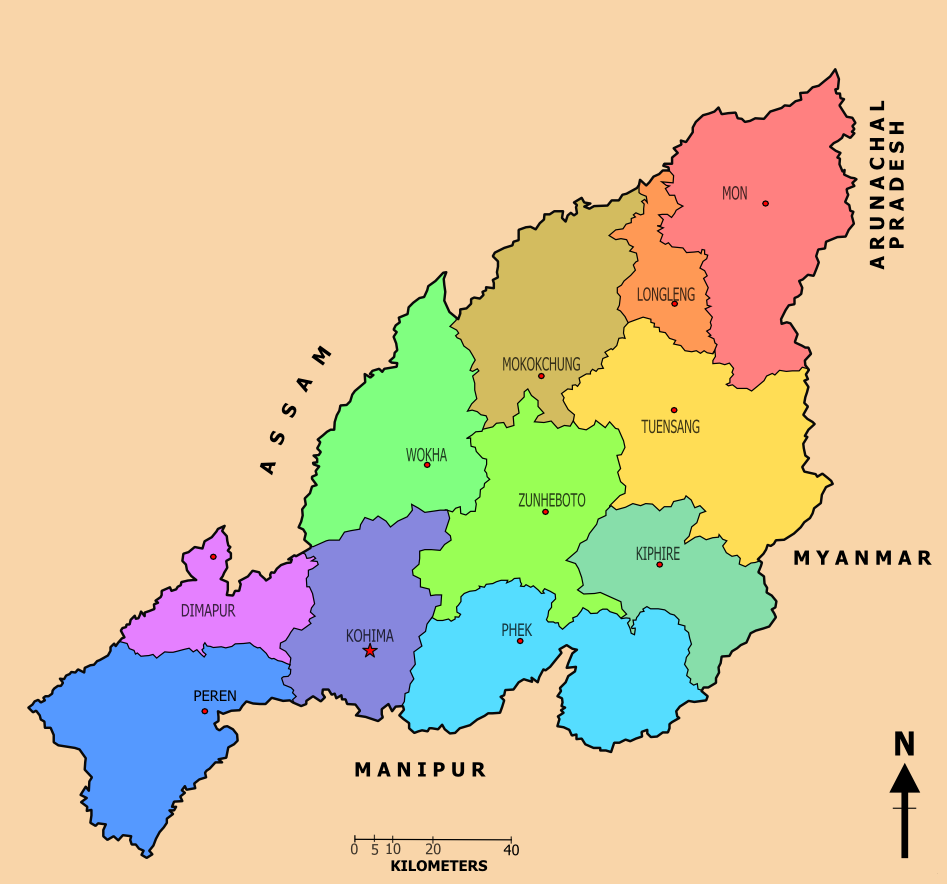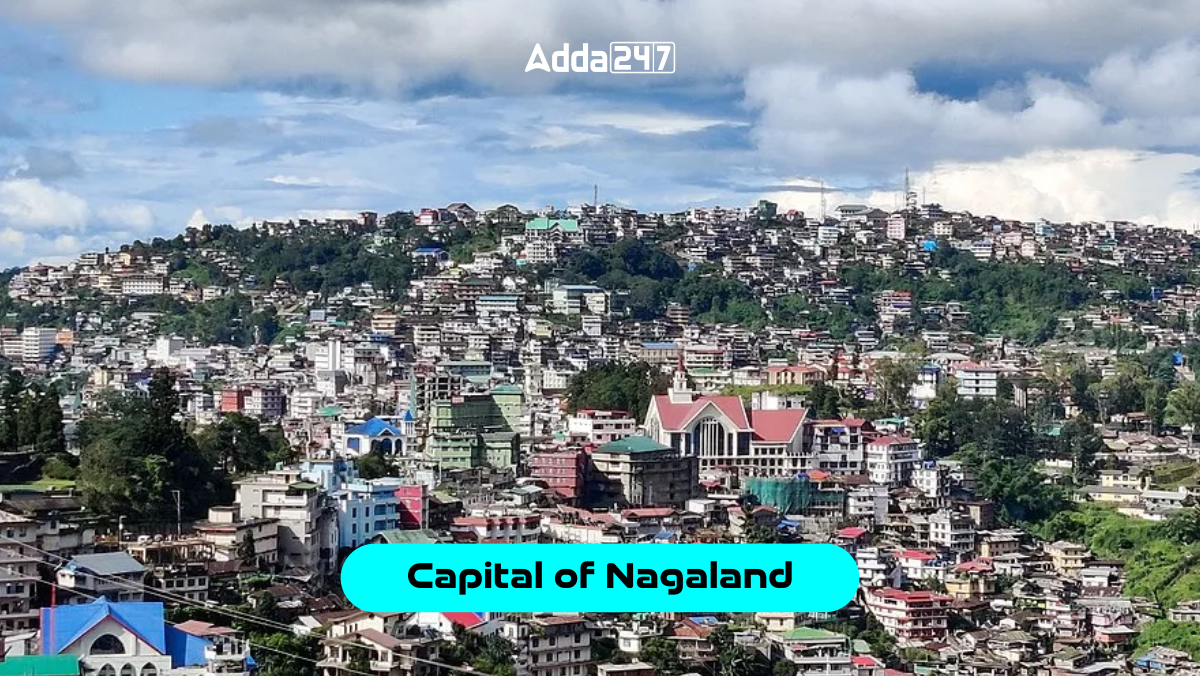Nestled within the mountainous landscape of northeastern India, Kohima serves as the enchanting capital of Nagaland. Rich in history and cultural heritage, this old-age city boasts a myriad of fascinating aspects that render it an extraordinary destination for discovery. This article aims to reveal captivating insights about both Kohima and the state of Nagaland.
Nagaland’s Capital – Historical Significance
Kohima has a unique significance, having been at the epicenter of administrative changes in Nagaland. Over the years, three districts were formed from Kohima, marking its crucial role in the state’s governance. In 1973, Phek district was the first to be carved out, followed by Dimapur district in 1998. In 2004, Peren district was also created, further adding to the city’s historical relevance. Kohima was officially declared the capital of Nagaland on 1st December 1963, when Nagaland achieved full statehood.
An Overview of Capital of Nagaland
- District Evolution: Over the years, Kohima has played a pivotal role in the administrative division of Nagaland. It has been the emergence of three separate districts: Phek in 1973, Dimapur in 1998 and Peren in 2004.
- Capital Status: Kohima earned its distinction as the capital of Nagaland when the state achieved full-fledged statehood on 1st December 1963.
- Name origin: The name “Kohima” finds its roots in the village of “Kewhira,” where Kohima town is situated.
- Bara Basti: Kohima village is also known as “Bara Basti,” making it the second-largest village in Asia, renowned for its unique cultural heritage.
- Population and Literacy: As of the 2011 census, Kohima district had a population of 2,67,988. The district boasts an average literacy rate of 85.23%, surpassing the national average of 04%. The male literacy rate stands at around 89%, while the female literacy rate is approximately 81%.
- Indigenous Inhabitants: Kohima district is predominately inhabited by the Angami Nagas and Rengma Nagas, preserving their rich indigenous traditions.
An Overview of Nagaland

- Dimapur: While Kohima holds the title of the capital, Dimapur reigns as the largest city in Nagaland.
- Economic Backbone: Agriculture plays a vital role in Nagaland’s economy, contributing to a substantial 70% of its economic activity. Other significant sectors include cottage industries, forestry and tourism.
- Geographic Location: Nagaland shares its borders with the Indian states of Manipur, Assam and Arunachal Pradesh, while Myanmar lies to the east.
- Christian Majority: An overwhelming 88% of Nagaland’s population follows Christianity, making it one of India’s three Christian-majority states, alongside Mizoram and Meghalaya.
- Hornbill Festival: Nagaland is not only rich in cultural diversity but also hosts the grand Hornbill Festival from 1st December to 10th December every year. This spectacular even, often called the ‘Festival of Festivals,’ is a showcase of the state’s vibrant heritage and traditions.
Find More General Studies News Here




 Which Country is Known as the Land of Ch...
Which Country is Known as the Land of Ch...
 Which Bird is known as the King of Birds...
Which Bird is known as the King of Birds...
 Which City of Austria is Known as the Ci...
Which City of Austria is Known as the Ci...







